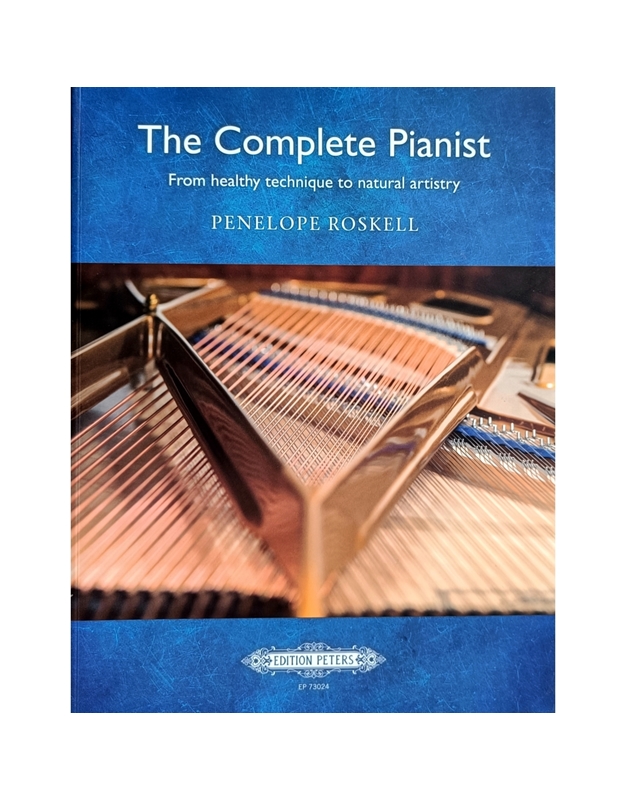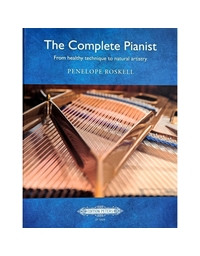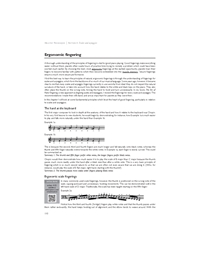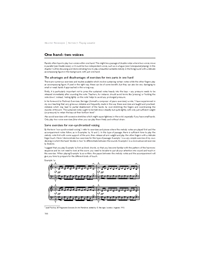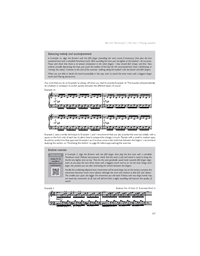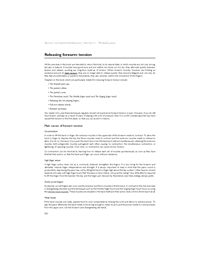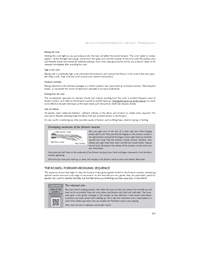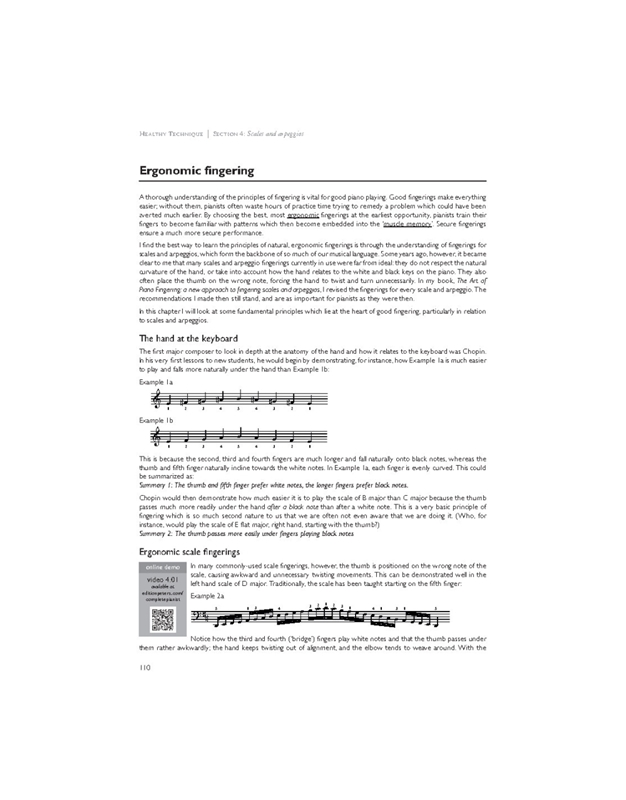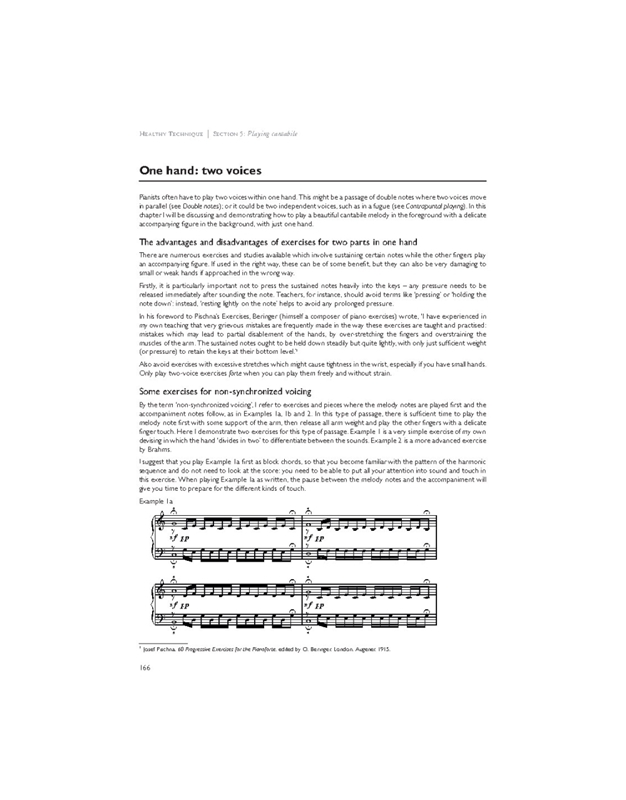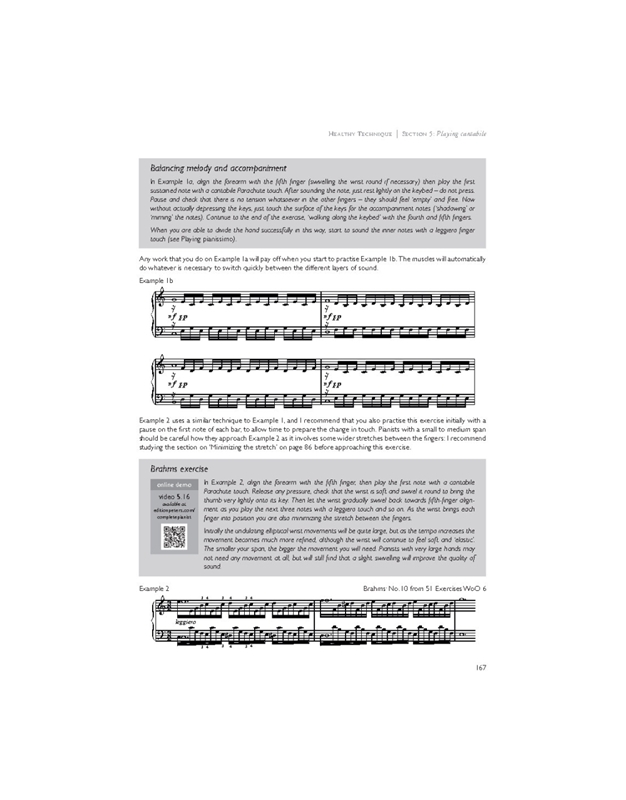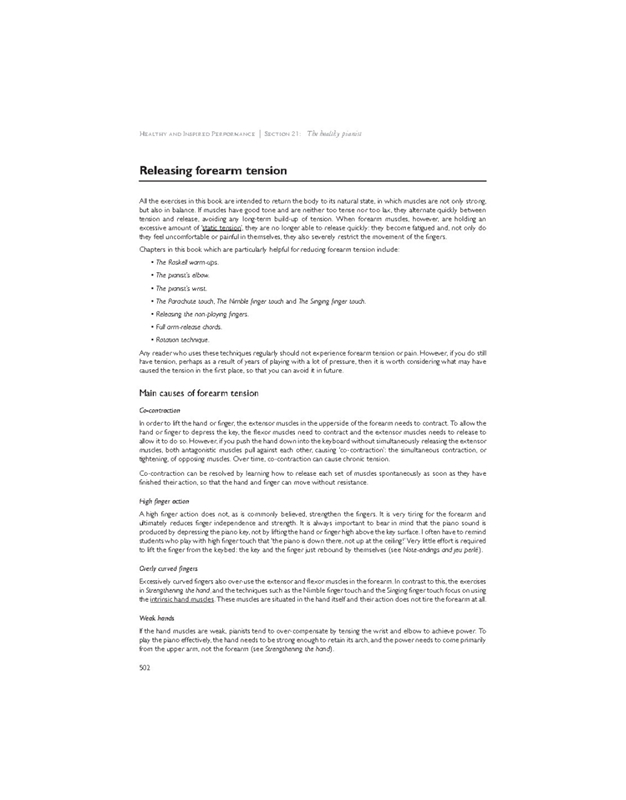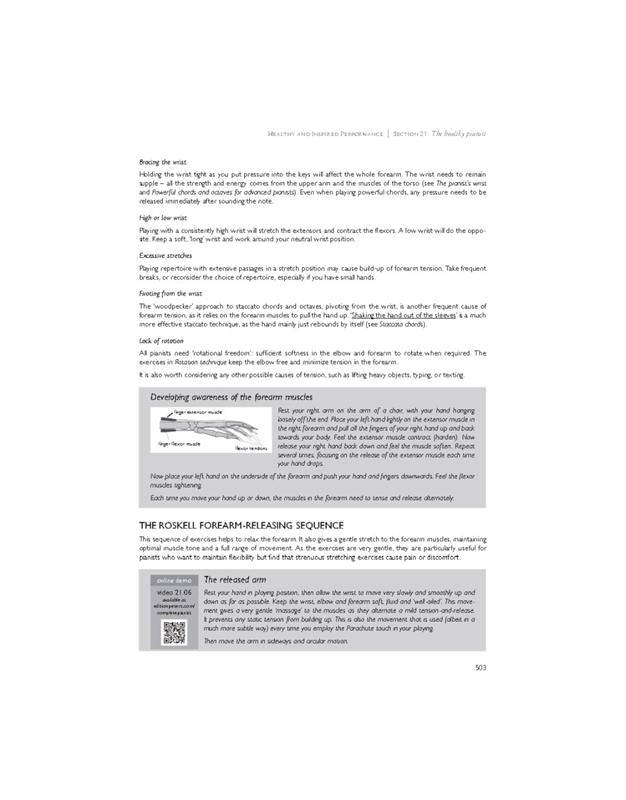- Find Related Accessories Here Find Related Accessories Here Find Related Accessories Here Find Related Accessories Here Find Related Accessories Here Find Related Accessories Here Find Related Accessories Here Find Related Accessories Here Find Related Accessories Here Find Related Accessories Here Learn piano here 10 Learn piano here 11 6 Interest-free Installments
- Find Related Accessories Here Find Related Accessories Here Find Related Accessories Here Find Related Accessories Here Find Related Accessories Here Find Related Accessories Here Find Related Accessories Here Find Related Accessories Here Find Related Accessories Here Find Related Accessories Here Learn piano here 10 Learn piano here 11 UserXmlFull
- Find Related Accessories Here Find Related Accessories Here Find Related Accessories Here Find Related Accessories Here Find Related Accessories Here Find Related Accessories Here Find Related Accessories Here Find Related Accessories Here Find Related Accessories Here Find Related Accessories Here Learn piano here 10 Learn piano here 11 UserXmlWV
- Find Related Accessories Here Find Related Accessories Here Find Related Accessories Here Find Related Accessories Here Find Related Accessories Here Find Related Accessories Here Find Related Accessories Here Find Related Accessories Here Find Related Accessories Here Find Related Accessories Here Learn piano here 10 Learn piano here 11 BoxNow

Penelope Roskell - The Complete Pianist (From Healthy Technique To Natural Artistry)
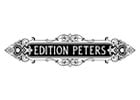
BRAND: Edition Peters
- Find Related Accessories Here Find Related Accessories Here Find Related Accessories Here Find Related Accessories Here Find Related Accessories Here Find Related Accessories Here Find Related Accessories Here Find Related Accessories Here Find Related Accessories Here Find Related Accessories Here Learn piano here 10 Learn piano here 11 6 Interest-free Installments
- Find Related Accessories Here Find Related Accessories Here Find Related Accessories Here Find Related Accessories Here Find Related Accessories Here Find Related Accessories Here Find Related Accessories Here Find Related Accessories Here Find Related Accessories Here Find Related Accessories Here Learn piano here 10 Learn piano here 11 UserXmlFull
- Find Related Accessories Here Find Related Accessories Here Find Related Accessories Here Find Related Accessories Here Find Related Accessories Here Find Related Accessories Here Find Related Accessories Here Find Related Accessories Here Find Related Accessories Here Find Related Accessories Here Learn piano here 10 Learn piano here 11 UserXmlWV
- Find Related Accessories Here Find Related Accessories Here Find Related Accessories Here Find Related Accessories Here Find Related Accessories Here Find Related Accessories Here Find Related Accessories Here Find Related Accessories Here Find Related Accessories Here Find Related Accessories Here Learn piano here 10 Learn piano here 11 BoxNow
Penelope Roskell - The Complete Pianist (From Healthy Technique To Natural Artistry)
Winner of the Presto Music Best New Publication Award 2020, The Complete Pianist covers all aspects of piano technique including posture, finger touch and tone production, chords, octaves, rotation, lateral movements. Also included are sections on mental preparation, effective practice, sight reading, memorizing; phrasing, rhythm, articulation, sound, pedalling, injury prevention and performance anxiety.
Containing more than 500 pages of text, 300 videos, performed by Penelope herself, and 250 newly-devised exercises, this is the most comprehensive book every written on piano playing. The book is suitable for pianists of all levels, from beginner-intermediate to professional performers and teachers.
CONTENTS
Introduction
Why I wrote this book
How to use this book
The complete teacher
Section I: Fundamentals of piano playing
The piano-pianist relationship
Developing sensitivity to piano sound
Practising: healthy. effective and inspired
Good practice: checklist
HEALTHY TECHNIQUE
Section 2: A whole-body apprcach
Introduction to piano technique
Making physical charges at the piano
The Roskell warm-ups
Sitting posture
The shoulderat the keyboard
The pianist's elbow
The pianist's wrist
The thumb at the keyboard
Bringing the hands to the keyboard
The natural alignment of the arm
Playing from the back
Bongating and releasing
Section 3: Finger touch and tone production
The pianist's hand and finger
The Parachute touch
The Parachute touch in slurs and scales
The Parachute touch in diminuendo and crescendo
The Nimble finger touch
The Singing finger touch
Note-endings and jeu perle
The 'four-part finger'
Conclusion to finger touch and tone production
Section 4: Scales and arpeggios
Ergonomic fingering
Scale technique
Releasing the non-playing fingers
Playing evenly
Practising scales and arpeggios
Broken chords
Arpeggios
Section 5: Playing cantabile
Playing legato
The illusion of legato
The cantabile sound
Playing pianissimo
Double notes
One hand: two voices
Section 6: Detached playing
Staccato touch
Repeated notes
Section 7: Playing at speed
Virtuosity and playfulness
Playing fast and forte
Trills and turns
Section 8: Fundamentals of chord playing
Preparing and practising chords
Playing well co-ordinated chords
Widely-spaced chords
Section 9: Cantabile chords
Full arm-release chords
Cantabile chords: the Parachute touch in chord playing
Arpeggiated chords
Legato chords
Voicing chords
Pianissimo chords
Section 10: Detached chords
Staccato chords
Upward chords and the breathing wrist
Throwing the hand for accents and jazz and popular styles.
Repeated chords
Section 11: Advanced chords
Playing octaves
Powerful chords and octaves for advanced pianists
Section 12: Rotation
Rotation technique
Rotary movements in tremolo, split octaves and chords
Alberti bass
Rotation for scales. trills and accents
Section 13: Lateral movements
Moving freely around the keyboard
Leaps and lateral movements
Crossing hands
Glissandi
Section 14: The all-round pianist
Forward and back movements
Slides and letting go of notes
Rounded movements
NATURAL ARTISTRY
Section 15: Melody, harmony and structure
The expressive gesture
Expressive fingering
Harmony and structure
Phrasing and phrase lengths
Rests and eloquent silence
Melodic shaping
Melodic decoration
Contrapuntal playing
Section 16: Tone and texture
Piano texture and colour
Articulation
Dynamic markings and accented notes
Playing Baroque musk on the piano
Section 17: Rhythm
Rhythm and pulse
Establishing and maintaining a tempo
Playing rubato
Rhythmic movement
Syncopation
More complex rhythms and polyrhythms
Section 18: Pedalling
The sustaining pedal
The middle pedal
Artistic pedalling
Section 19: Playing with other musicians
Playing in ensembles
Preparing concertos
Section 20: Learning, memorizing and sight-reading
Preparing a piece
Preparing a piece: checklist
Mental preparation in practice
Memorizing
Memorization in practice
Sight-reading, sight-playing and quick study
HEALTHY AND INSPIRED PERFORMANCE
Section 21: The healthy pianist
Preventing injury
Pianists with small hands
Releasing forearm tension
Developing strength naturally
Strengthening the hand
Strengthening the fingers and thumb
Hypermobility
Recovering from playing-related injury
Section 22: The inspired pianist
Accuracy and the myth of perfection
Motivation: confidence, keeping the flame alive
The power of listening
Understanding anxiety
Performing with confidence and freedom
Breathing
Performance: the shared experience
Appendices:
- The shoulder
- The elbow
- The wrist
- The thumb
- The hand. finger and forearm
Glossary
- Is Overweight Product: False
Available
